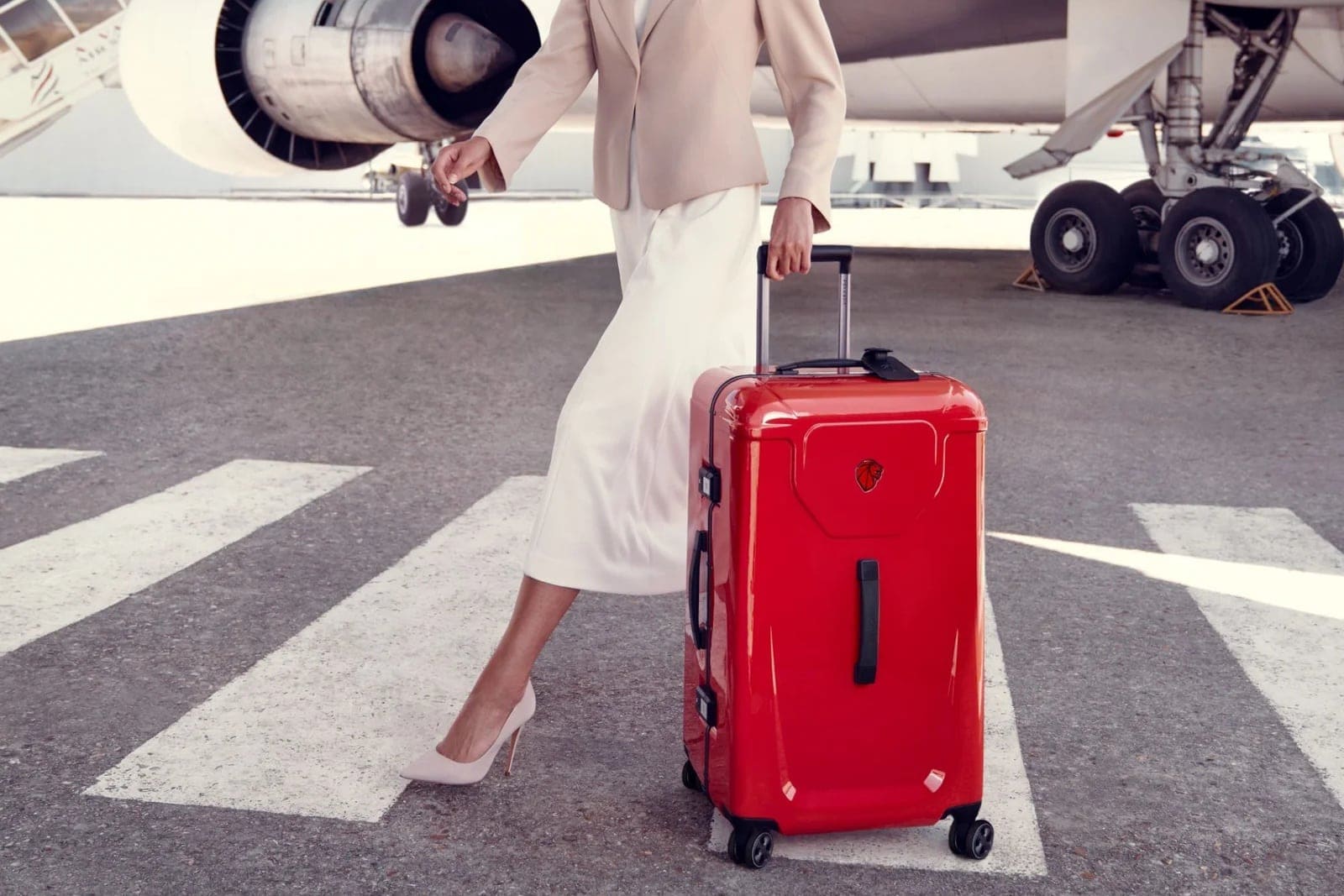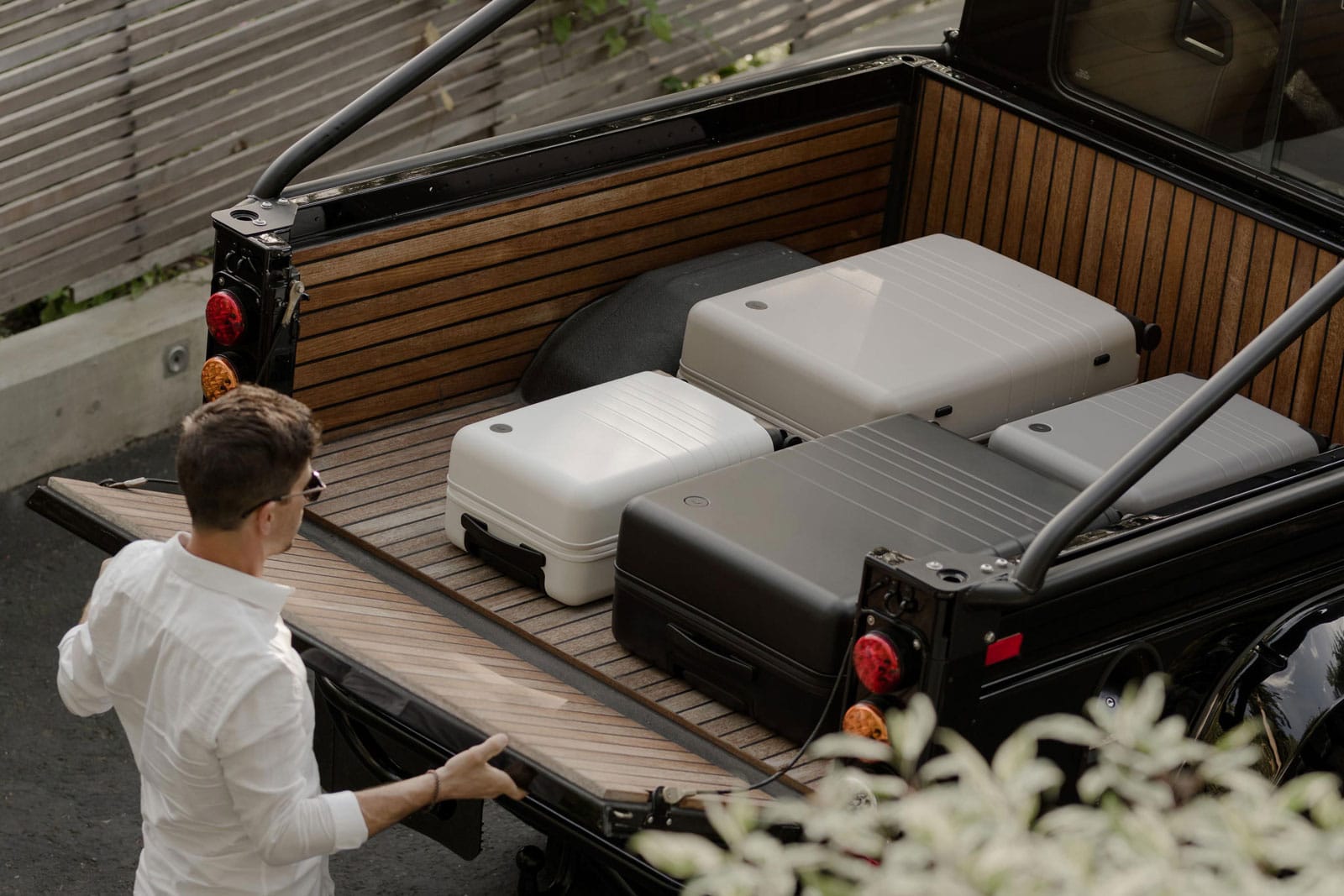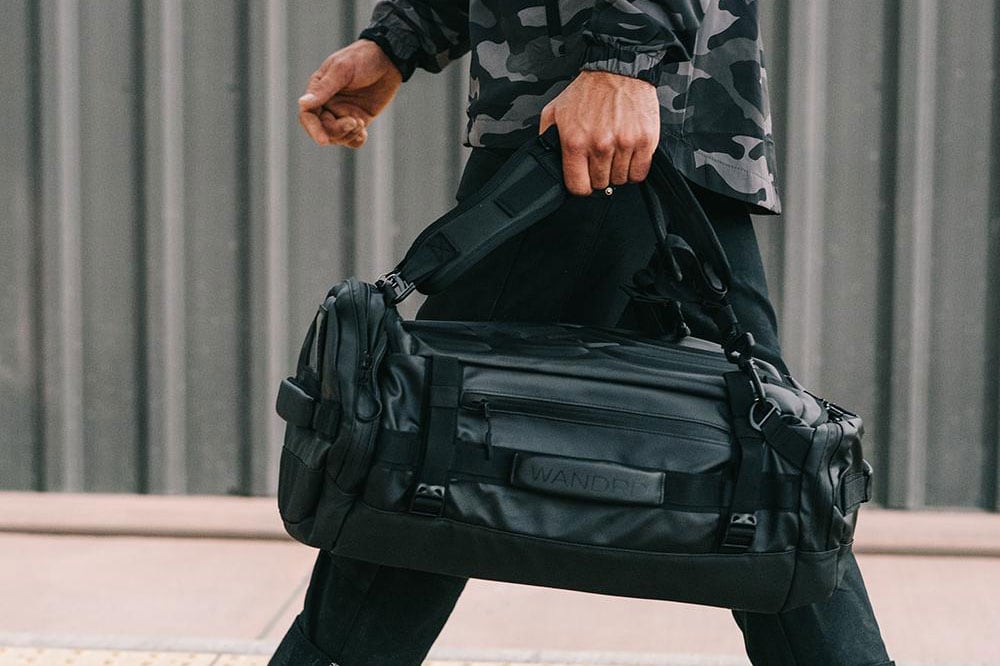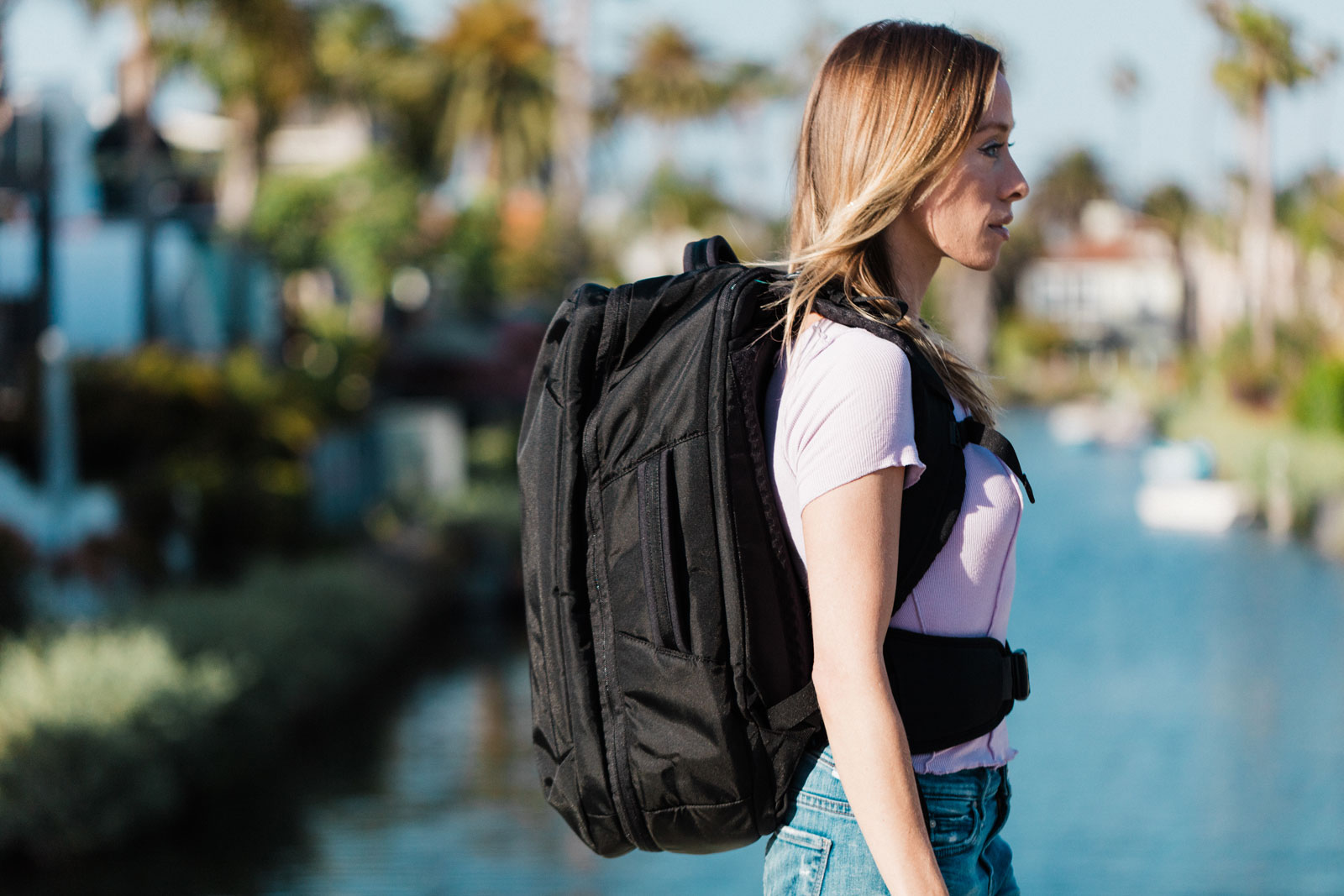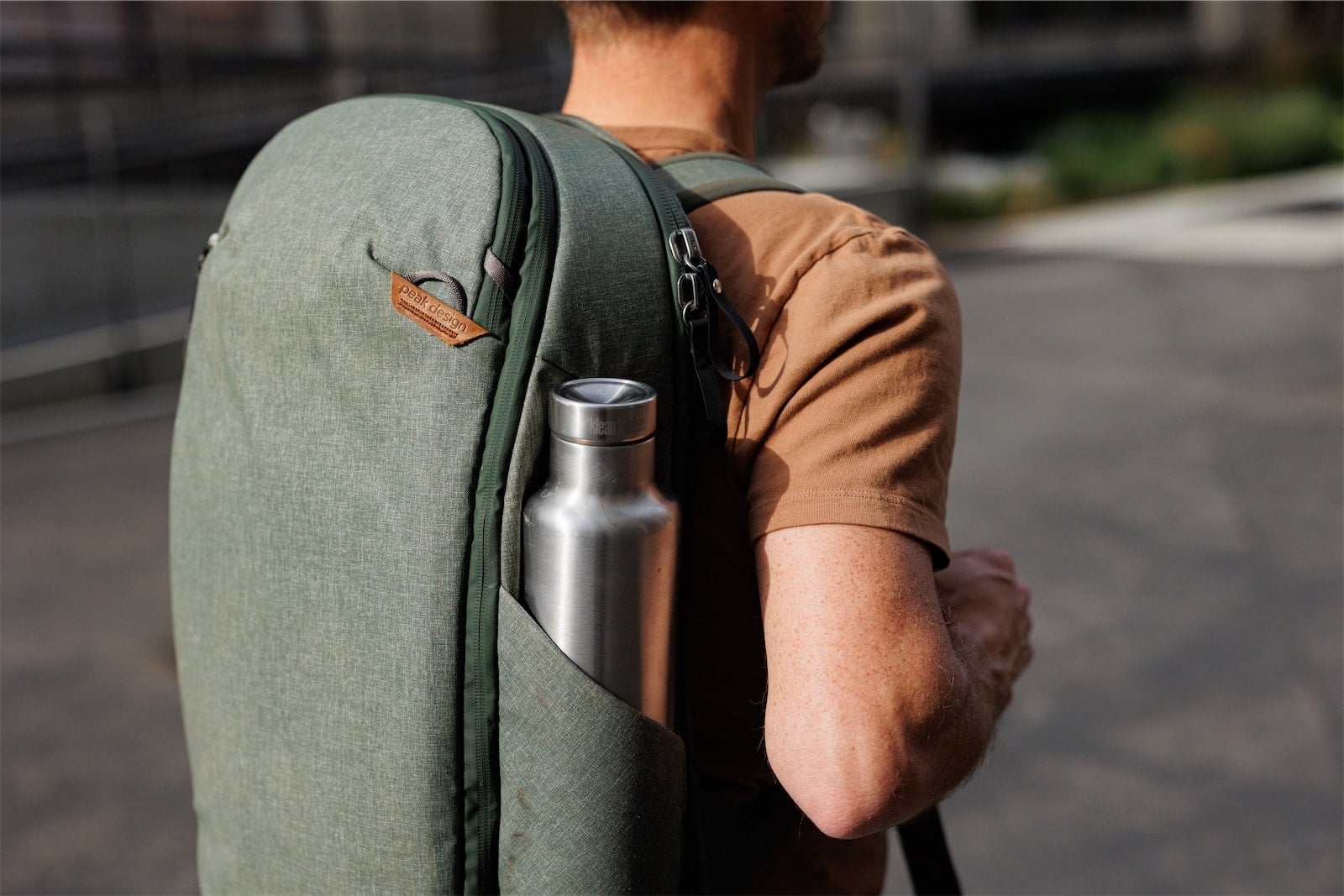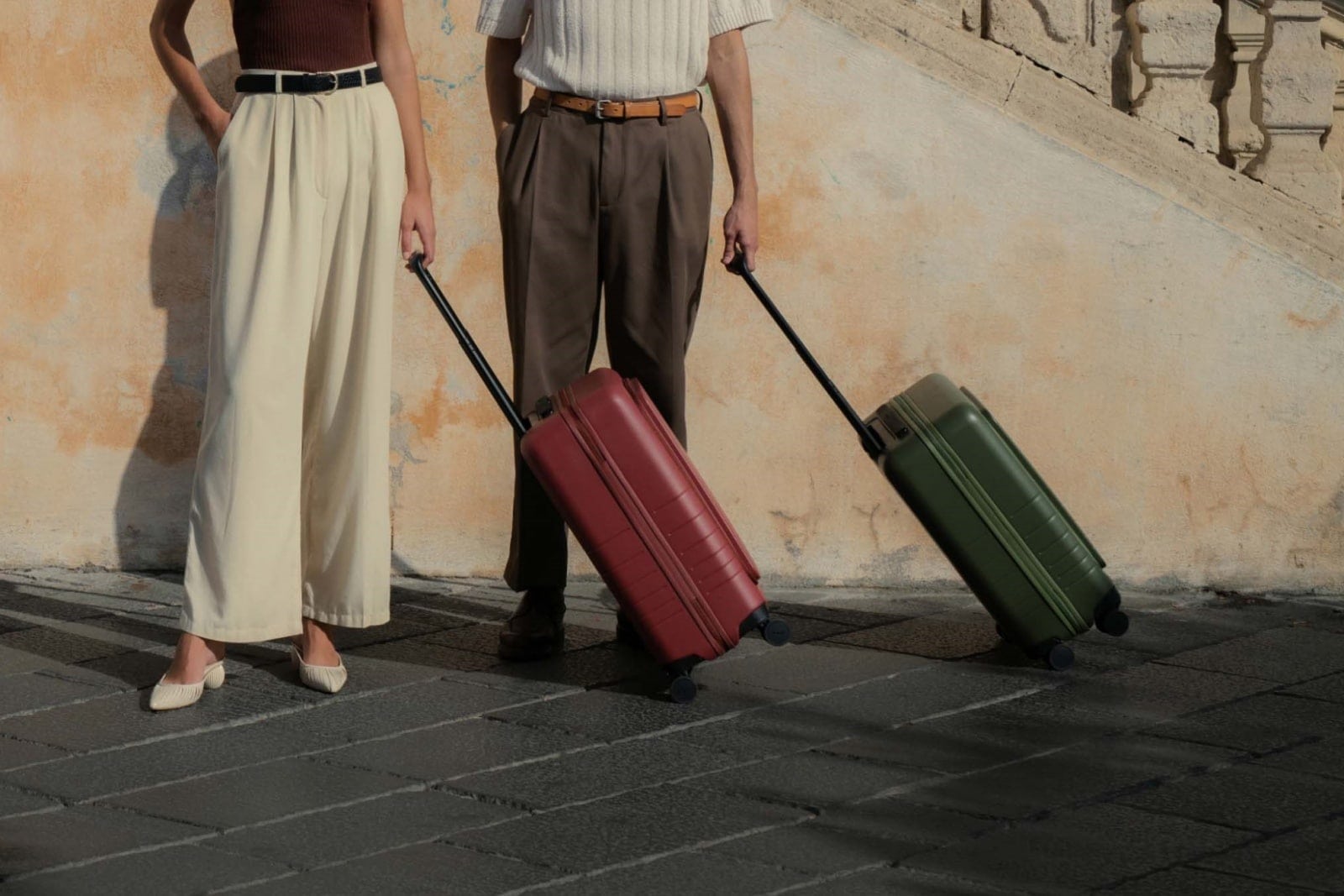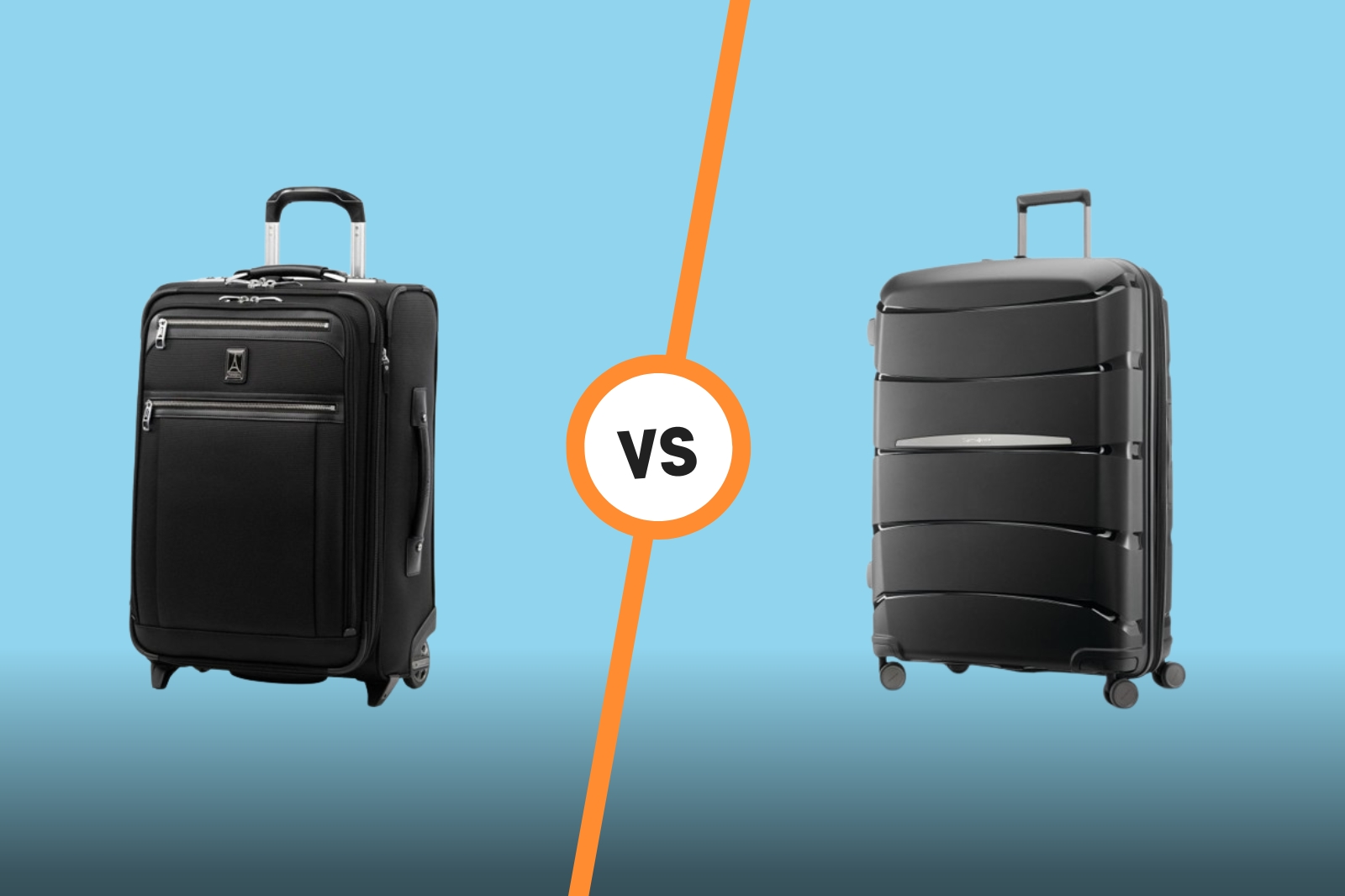Blog
The 10 Best Carry-On Luggage of 2025, Tested and Reviewed


Hardside vs Softside
If you’re torn between choosing hardside or softside luggage, consider these points: Hardside luggage is more protective when it comes to water-resistance and scuff marks, but the rigidity means you might be sacrificing space when packing (compression straps and pads, do provide some help though). Softside luggage is more flexible, weighs less, and usually has more external pockets for easy access to essentials during transit, but can be prone to ripping.
Spinner vs Roller
Luggage with four wheels (also referred to as spinner luggage) is more convenient and maneuverable for smooth surfaces like airports. But even with the best spinner luggage, more wheels means there’s a higher probability of one getting damaged, and it might be a cumbersome haul on rough terrain since spinner wheels are meant to rotate 360 degrees. 2-wheeled roller luggage (also called roller luggage) is often considered more durable, but can be more prone to tipping if the weight inside is unevenly distributed. Another thing to think about before buying roller luggage is how frequently you’re traveling to hilly destinations, because lugging the 2-wheel suitcase behind you might feel more like a workout.
International or Domestic Sizes
Before landing on a particular suitcase, it’s important to familiarize yourself with airline carriers’ international and domestic carry-on size requirements because they’re different. Most domestic airlines carry-on measurements are 22 in. x 14 in. x 9 in. As for international airlines, the carry-on measurements are smaller than domestic, and might also have a weight restriction. Be sure to check your airline’s carry-on size limitations to make sure there are no surprises once you get to the gate.
Weight
The goal for any carry-on luggage is to be as lightweight as possible (so you can spend those unused pounds packing your clothes and travel items!). Empty luggage can range from around 4 to 5 pounds for soft-sided luggage to as much as 10 pounds for hard-sided counterparts. Before deciding which is right for you, take into account how much you travel and how heavy your luggage usually is once it’s all packed – it might be worth getting a cheap luggage scale to see where you stand and to also check the carry-on weight limit policies of your most flown airlines.
Interior Compartments & Organization
Traveling forces you to confine your life (including everyday essentials) into a pretty small footprint and it can easily get messy, so organization is a key feature to consider. Exterior pockets, hidden pouches, interior dividers, laundry and dedicated toiletry bags, all help us to keep items accessible without having our lives fall into disarray.
Security Features
Built-in TSA-approved locks allow agents to easily access and inspect your carry-on luggage without causing any damage, and doubled-coiled zippers can help prevent breaking. The YKK zipper is widely considered to be the strongest in the market and used by a variety of brands, including Monos and Travelpro.
Warranty & Price
Luggage is an expensive investment (a quality piece usually starts north of $250 and sets can be anywhere from $750 to over $1,000, so buying a piece that comes with a good warranty is essential. The best luggage companies (and most) have lifetime warranties that can replace parts or even the entire thing after it’s been put through the paces. Some specific items a company offers might have limited time warranties, and there could be restrictions on what is covered (normal wear and tear, scratches, etc. might be excluded), so it’s important to check the fine print.
Style
Think about your lifestyle and your “look” and consider a suitcase that will help accentuate that. Carry-on luggage can be minimalist with no bells and whistles, or it can be a statement piece that will have passengers asking where you purchased it.
Brand Impact
If you value ethical purchasing, look for brands that use recycled materials, offset their emissions, and ensure fair working conditions.


